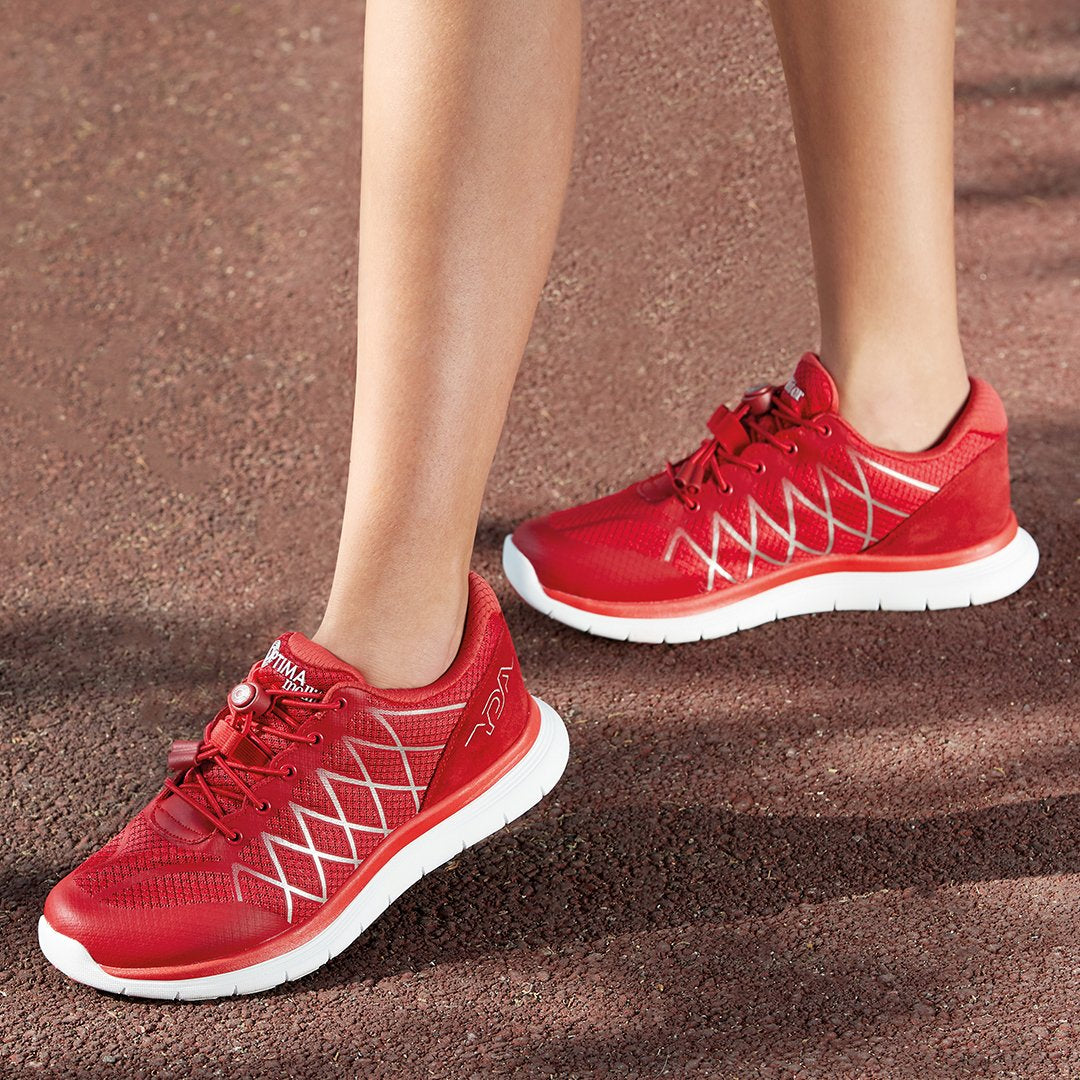"My miracle shoes"
Photographer Mark Kehoe, 54, from west London, thought nothing could be done for his aching fee until he discovered some incredible new shoes. Here, he tells us about the result;

"Problem fee run in my family. Mum had bunions, her father had them, and both my sister and I have them on the both feet. In 2011, I also developed hammer toe in the middle toe of my left foot. That's where it bounces upwards and rubs on my shoe, which sends pain deep into the toe - a nagging, constant pain that's bad enough to make me limp. I've also been plagued by gout in my right foo and I was getting an attack once a month.
"In the past 18 months the pain was getting so bad it was interfering with my ability to work. Both the bunions and the hammer toe can be repaired with surgery, but the bunion on my right foot is so pronounced it would mean seven months of my feet - which in my job is impossible.
"So I'm trying to delay surgery for as long as possible. My consultant, Professor Mark Tagoe at West Middlesex University Hospital, suggested Italian shoes called YDA, which are recommended for anyone that suffers from diabetes, plus an insole created by an orthotics specialist using a 3D scan on my feet, which pushes my toes slightly apart.

"I've been wearing the shoes since August and I can honestly say I've had no foot pain since then and only one gout attack (and that was self-inflicted). I didn't wear them for a couple of weeks to see what would happen and the pain came right back.
"They aren't curing me, because only an operation will do that, but they have staved off an operation. How? I think it's a combination of the roomy toe box, the way they're designed to maximize circulation and the fact they change the forces on the foot when walking to reduce pressure. They even have fiberglass support in the sole.
"I can now walk miles without pain, which I couldn't do before even in my expensive walking shoes. I've even started running again for the first time in two years. An best of all, they just look like normal shoes rather than the British-made clumpy diabetic shoes, which look straight our of a Victorian novel. I call them my miracle shoes.
How to Buy Shoes
- Can you wiggle your toes? You should be able to move them up and down if the toe box of the shoe is wide enough.
- Do you have 1-2cm at the end of your longest toe? This gives feet room to move forwards when we walk.
- Check there's no gap at the heel - it should fit snugly.
- The ideal shoe should have a slightly higher heel that sole - flat ballet pumps are terrible for your feet (there's no arch support and your toes end up clawing to keep them on).
- Always try them on before buying. A size 6 is so rarely the same across brands, especially in the era of cheap, mass-produced shoes.
- Draw a line around your shoe on a piece of paper. Do the same for your foot (in the afternoon/evening when your feet are wider). The shoe outline should be wider than the foot at its widest point.
